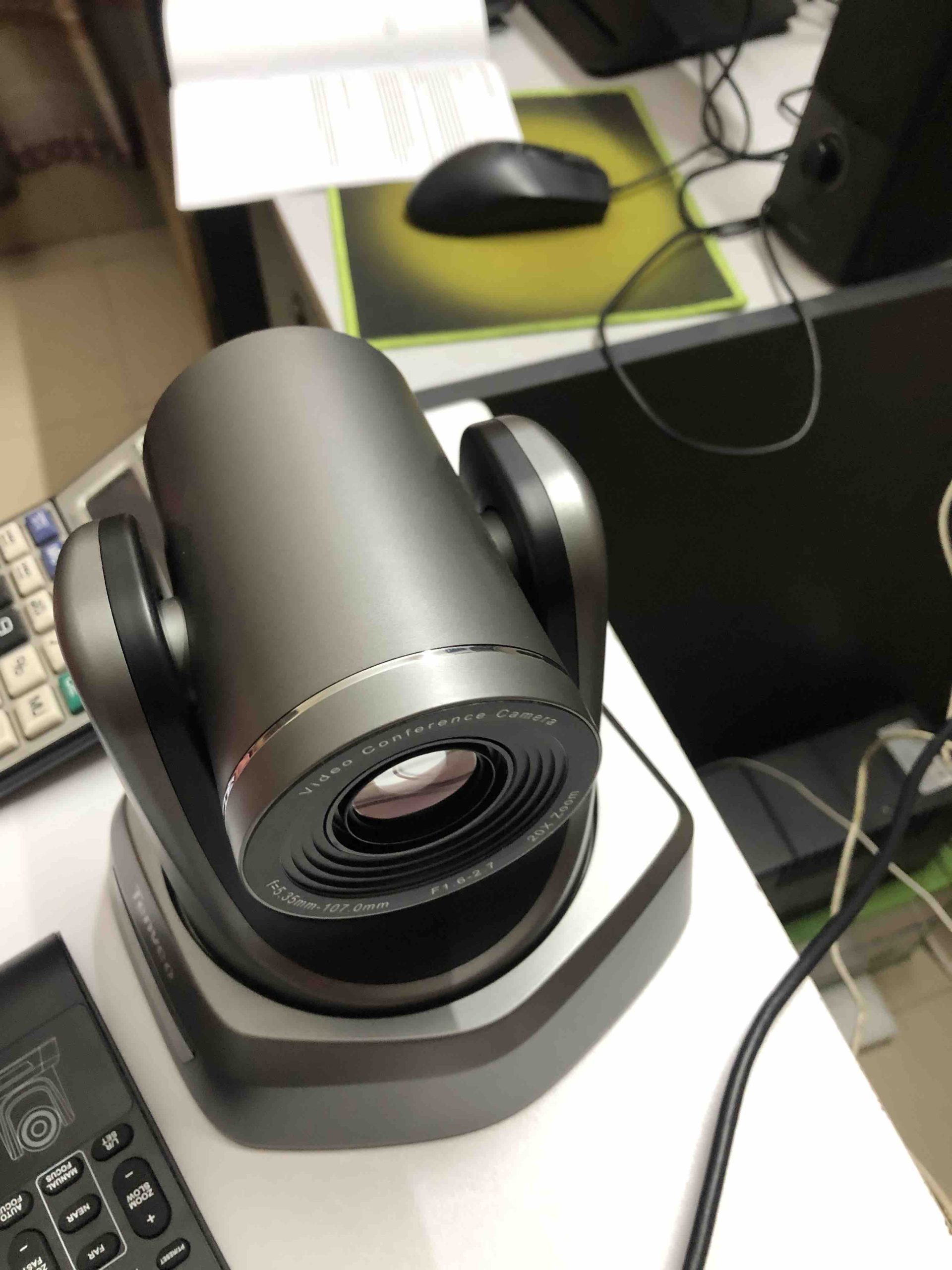
Why Conference Cameras are Crucial for Modern Meetings
In today’s hybrid work landscape, where teams are scattered across locations, conference cameras have become an essential tool for effective communication and collaboration. Here’s a breakdown of their importance:
Enhanced Engagement and Productivity:
- Visual Cues: Conference cameras allow participants to see each other’s facial expressions, body language, and reactions. This visual communication fosters a more engaging and productive meeting environment compared to audio-only calls.
- Remote Participation: They enable seamless participation for remote team members, leveling the playing field and ensuring everyone feels included in discussions.
Improved Communication and Collaboration:
- Clear Communication: High-quality video from a conference camera reduces misunderstandings and misinterpretations that can occur in audio-only calls. Nonverbal cues are essential for clear communication.
- Content Sharing: Many conference cameras allow for easy content sharing, such as presentations, documents,or whiteboards. This visual component can greatly enhance collaboration during meetings.
Professional Image:
- First Impressions: A good conference camera setup projects a professional image for your business during client meetings or presentations.
- Builds Trust: Being able to see colleagues and clients fosters trust and strengthens relationships, which is especially important in virtual interactions.
Additional Advantages:
- Flexibility: Conference cameras come in various options to suit different meeting room sizes and budgets.
- Features: Advanced cameras offer features like automatic speaker tracking, noise cancellation, and wide-angle views, further enhancing the meeting experience.
Overall, conference cameras are no longer a luxury but a necessity for businesses that want to thrive in a hybrid work environment. They bridge the physical distance between colleagues, foster better communication and collaboration, and project a professional image.
TAGS Technology
